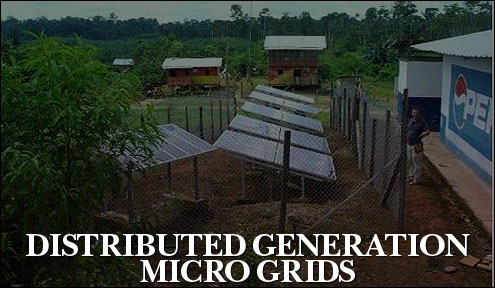
They typically serve only the buildings they are attached to, so nearby buildings do not get power.

However, backup generators pose some problems: Standby and backup diesel generators are often the only power source available. We could recover more quickly if islands within each area could maintain power and serve as centers for critical services and recovery. Regional outages inhibit the ability to protect those in danger and provide basic needs such as food, sanitation, and shelter. When an outage strikes, the effects often stretch far beyond the initial impact zone. Establishing safe haven enclaves to serve as bases of rescue and recovery could go a long way to address the human and economic impacts of future, unanticipated events. A large earthquake, nuclear explosion, or terrorist attack could cause suffering and disruption over a much larger area than a hurricane. Many times, planning fails to anticipate future emergencies. Historically, when a disaster strikes the result is infrastructure improvements to address the specific cause of each power failure.

The growing prevalence of physical and cybersecurity threats also pose significant challenges for organizations’ mission-critical operations in ensuring reliable access to power supplies. For example, Japan averages only four minutes of interrupted service each year. By contrast, outage duration for the rest of the industrialized world is less than 10 minutes per year and getting better. The outage duration total in the Midwest is 92 minutes per year and 214 minutes in the Northeast. continue to rise, driven primarily by weather-related incidents. The number and duration of power outages in the U.S.

We’ve seen this in recent years during weather-related events such as Hurricane Irene and Superstorm Sandy. power delivery system’s complex network of substations, transmission lines, and distribution lines are not designed to withstand or quickly recover from damage inflicted simultaneously on multiple power system components.


 0 kommentar(er)
0 kommentar(er)
